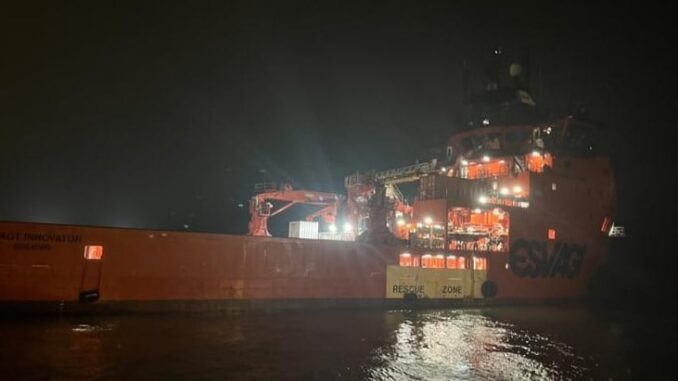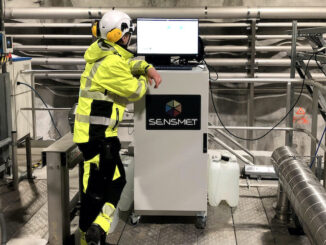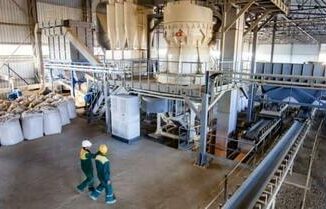
Home Subsea Novel monitoring technology undergoing tests at Danish CO2 storage project
A new monitoring technology that is said to ensure more frequent checks of the future CO2 storage and results in less impact on the environment is currently being tested for Project Greensand in the North Sea.
Magseis Fairfield reported last week that it had mobilized its MASS III nodes and modular source for testing the new CO2 monitoring technique developed by SpotLight.
Monitoring is said to take place by placing seabed nodes at 16 carefully selected points on the seabed.
The collected data is compared with previous images of what the sandstone reservoir looks like and therefore Project Greensand is able to uncover where the CO2 is located.
The work is part of the project’s pilot phase and is being carried out by Esvagt Innovator.
“We are proud to be involved in developing smart and efficient technology for Project Greensand. We get important and frequent information about where the CO2 is located in the CO2 storage – but without having to carry out the seismic measurements of the entire storage area,” said Habib Al Khatib, Managing Director at SpotLight Earth.
Earlier this month, INEOS E&P and Wintershall Dea were granted permission to begin a time- and quantity-limited injection of CO2 into the Danish underground in connection with the Greensand Pilot Injection Project, representing the first-ever permit for a CO2 storage project in Denmark.
According to project developers, seismic measurements of the underground must be carried out before Project Greensand stores the first CO2.
The permit allows up to 15,000 tonnes of CO2 to be injected in the project’s pilot phase, in the former Nini West oil field, and is valid until 1 April 2023.
The pilot phase includes pumping CO2 into a sandstone reservoir approximately 1,800 meters below sea level. The sandstone reservoir lies under a series of shale layers that act as a lid, so here the CO2 will be trapped in the porous sandstone cavities.
“In Project Greensand, we are becoming more and more efficient and smart in our approach to monitoring and control – and we at Wintershall Dea are proud to be a part of that. At the same time, we are happy that we are allowed to put our existing knowledge of the North Sea into play to make a significant contribution to the green transition,” said Andreas Szabados, Asset Manager Denmark at Wintershall Dea.



